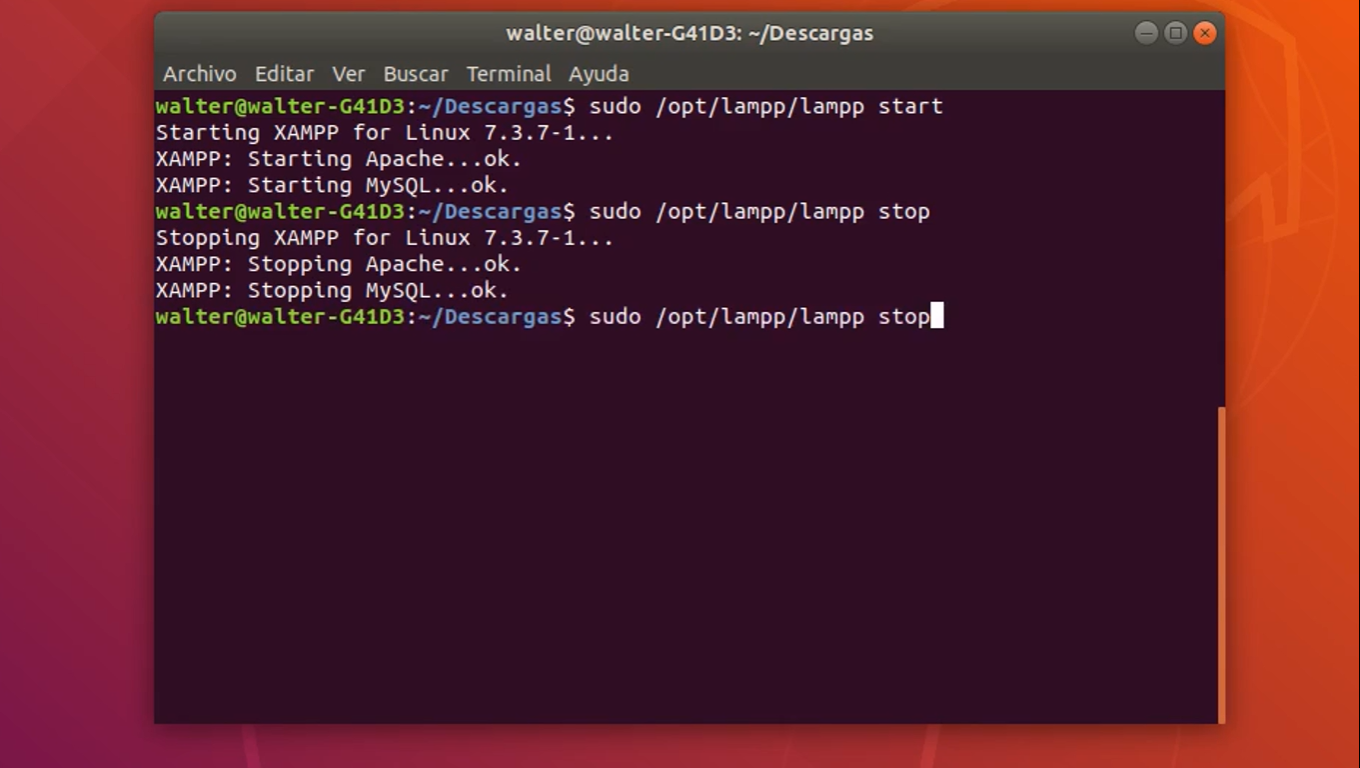
Consider this example, which includes a dummy mouse cursor from the famous Flatastic, which is free for non-commercial usage. Using a free icon set from the Internet, we could set them to display however we’d like.


You can point the Icon= lines to whatever files you’d like. Keep in mind that you don’t have to use these icons either. You could also try replacing the control panel Exec line with Exec=sudo -i python /opt/lampp/share/xampp-control-panel/xampp-control-panel.py and see if it then executes. Install them with the sudo apt-get install python-glade2 command. You might get a message that reads something like “Error importing pygtk2 and pygtk2-libglade,” which can be fixed by installing python-libglade dependencies. If that’s the case, then try running gksu python /opt/lampp/share/xampp-control-panel/xampp-control-panel.py from the CLI and check any error messages. Sometimes nothing will happen after creating a file like this. If everything worked, then you don’t need to proceed. Method 2: Ironing Out Wrinkles in XAMPP # More than likely you’ll be asked for your password when you start it. Head over to Dash and try launching it, or if you’re not using Unity check it with whatever applications launch or desktop icon system you’re using. Now issue the command sudo chmod +x ~/.local/share/applications/sktop to make it executable. Close the text editor, but keep in mind that you might have to go back to it later. Hold down CTRL and hit S to save the file, or save it from the drop-down file menu. Icon=/usr/share/icons/Humanity/devices/24/network-wired.svg When you’re in your chosen text editor, put the following code into the new file:Įxec=gksu “python /opt/lampp/share/xampp-control-panel/xampp-control-panel.py” You could also use vi or nano regardless of which Ubuntu or other Linux configuration you’re dealing with.

If you’re using Lubuntu you’ll need to replace gedit with leafpad, and Xubuntu users will want to use mousepad instead. Open up a terminal by holding down CTRL, ALT and T, and then type gedit ~/.local/share/applications/sktop to create a new file. desktop File fo ther XAMPP Control Panel # If your distribution places launchers somewhere else, simply modify these directions to point it at the right place. This covers the major graphical Ubuntu distributions. Irrespective of whether you use Unity, GNOME, KDE, LXDE, Xfce4 or another desktop environment, you more than likely have access to a directory located at ~/.local/share/applications for installation of. desktop file to provide instant access to the XAMPP control panel.


 0 kommentar(er)
0 kommentar(er)
